OARDC: Local Research with a Global Perspective
- Home
- Agriculture and Sustainability
- Exhibits
- OARDC: Local Research with a Global Perspective
By Laura Merrell, Revised by Rachel Tomei and Glenna Van Dyke
Since the 1860s, Wooster’s Ohio Agricultural Research and Development Center has been conducting cutting edge agricultural and environmental research. OARDC’s home has been Wooster’s campus since 1892. While originally the group addressed Ohio-specific agriculture, it has since shifted to a global perspective.
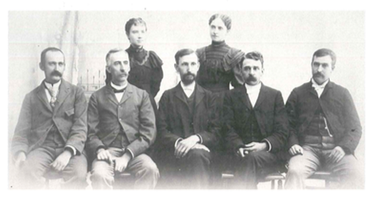
OARDC’s Beginnings
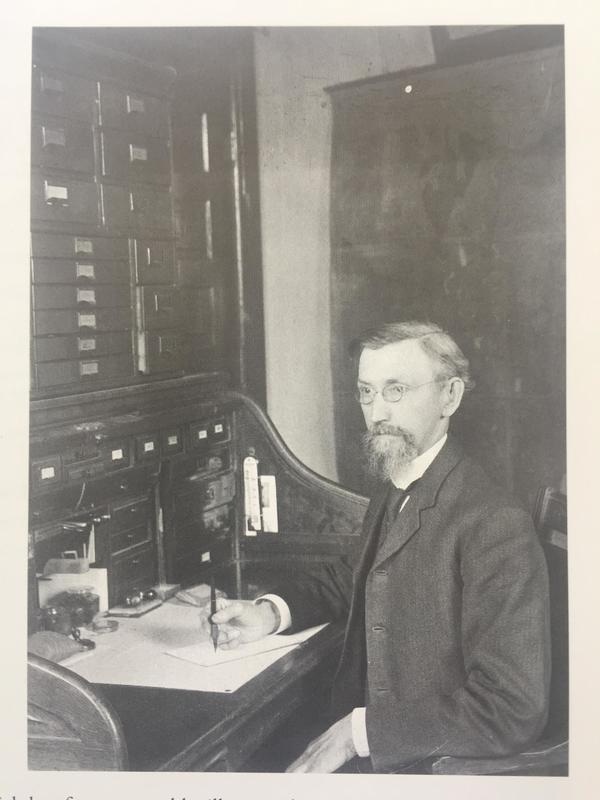
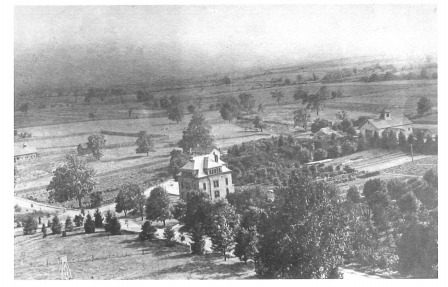
OARDC was founded in the wake of a crisis. Farmers noticed that their crop was decreasing and that the soil was depleted, but no one could figure out how to reverse the effects. 1 Farmers themselves were not unified enough to come up with a common solution but saw the need for a common research station. However, others asked, how would it be funded, and who would organize the research? Then, in 1862, the U.S. Congress passed the Morrill Act, which provided each state with 630,000 acres to start an agricultural or mechanical college. In 1870, the Ohio Agricultural and Mechanical College was founded in Columbus, but later this college shifted its focus to liberal arts and was renamed the Ohio State University. OSU, staying true to its roots, established the Ohio Agricultural Experiment Station in 1882. By 1892, the station began to run out of space and funding, and the director, Charels Thorne, suggested they move to a town with more space and a rich agricultural history- Wooster, Ohio.
OARDC Comes to Wooster
With Ohio State expanding at a rapid rate, they could no longer provide funds for the Ohio Agricultural Experiment Station (OAES), and it was decided that they would have to move. 8 Counties in Ohio made bids to house the facility with hopes of reaping the benefits of their research. Wayne County won with their offer of $85,000 and 470 acres of land.9 Wayne County farmers however were wary about paying taxes for projects they knew little about. Wanting the support of local farmers, OAES’s director, Charles Thorne, made speeches telling about the economic benefits of having OAES.
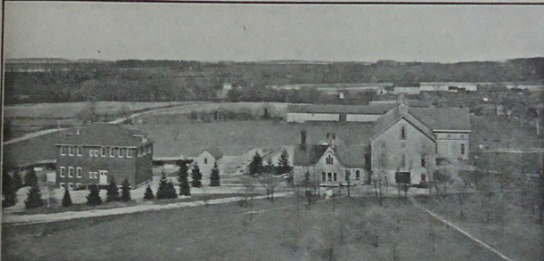
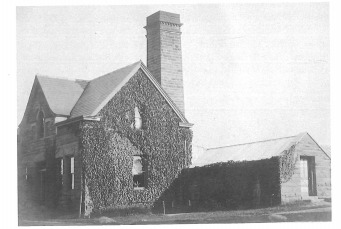
While most were on board, some politicians were upset about having their taxes raised to pay for the station’s construction. The Ohio Supreme Court then determined that the State of Ohio would pay, since OAES would benefit all Ohioans.10 In 1894, the OAES facility was built on Madison Hill, and remains there today. OAES has offered farmers a plethora of resources including greenhouses, orchards, laboratories, and test fields to experiment with crop rotation. In time, OAES delivered on its promises and farmers’ crop yields increased. 11
Expanding Horizons: OARDC and Extension Programs
After the OAES relocated, it would take decades of hard work until it became the world-renowned organization that it is today. In 1895, two OAES students, Charels Burkett and Franlin P. Stump, wanted to start a group that would bring OAES’s findings to directly the local farms. With Charels Thorne’s help, they formed the Agricultural Student Union, which would develop into the nation’s first official extension program in 1905. 12 A.B. Graham was appointed the first director, and he founded Mr. Graham’s Boys and Girls Club, which would develop into the 4-H clubs. 13 To celebrate the achievements of OAES, Thorne started Field Days in 1917, which allowed farmers to see the work OAES was doing. Soon, these became popular local attractions. 14 Today, OAES’s efforts are known nationwide, and 4-H has over 90,000 chapters across the country.
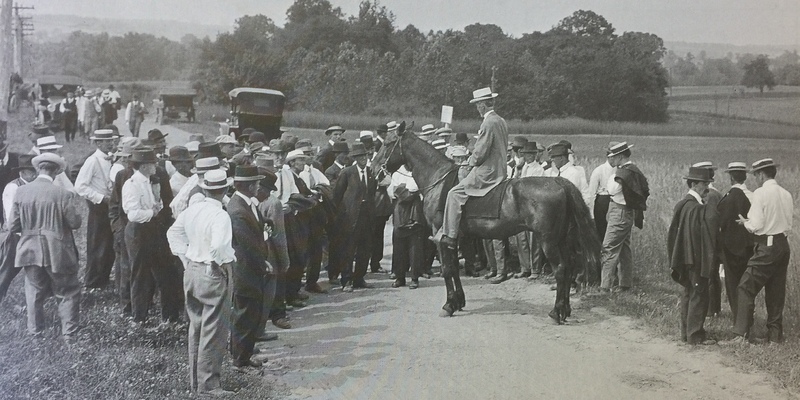
In 1959, the OAES came under the direction of Roy Kottman, who was said to be a natural leader and fundraiser. 15 He changed OAES’s name to the Ohio Agricultural Research Development Center. (OARDC), to reflect the broad range of research being conducted in the 20th century. Kottman’s leadership also brought great agricultural breakthroughs. In the 1970s, OARDC helped create virus-resistant corn, avoiding a global corn shortage. OARDC even taught farmers how to protect their crops through diseases through extension programs, which then was done across the U.S. In the following decades, they also have been studying sunflower oil-powered tractors and genetically modified turkeys.16
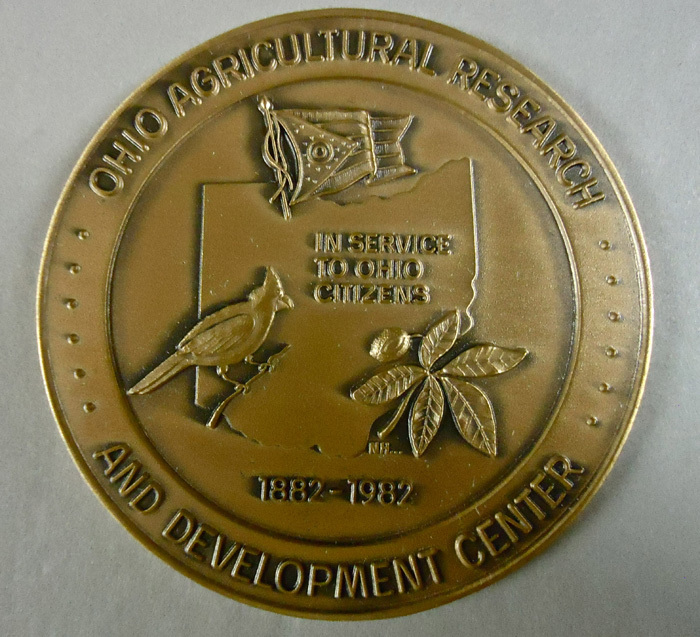
OARDC Today and Tomorrow
OARDC’s original mission was to provide farmers with better production techniques to better feed Ohio. Today, they remain committed to food security for, “the people of Ohio, the nation and world”, not just Ohio, as food insecurity effects people around the world and in Ohio.17 The OARDC’s 2017 Impacts Article states that 1 in 6 Ohioans, and about 11% of the world’s population is food insecure, meaning that they do not have stable access to nutritious food.18 OARDC works on increasing crop yields to help solve this problem. Ongoing projects include reexamining Ohio’s Phosphorus Risk Index to improve water quality and protecting Ohio trees like the Buckeye from pests. 19
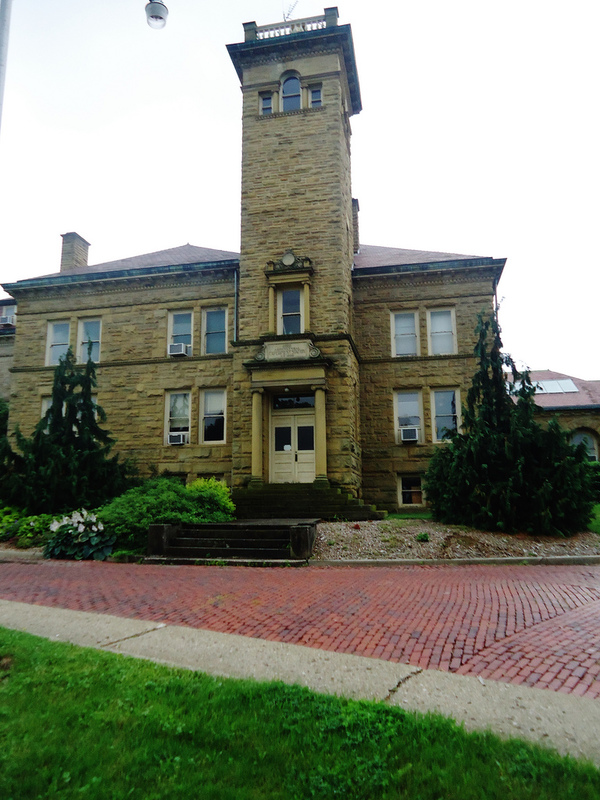
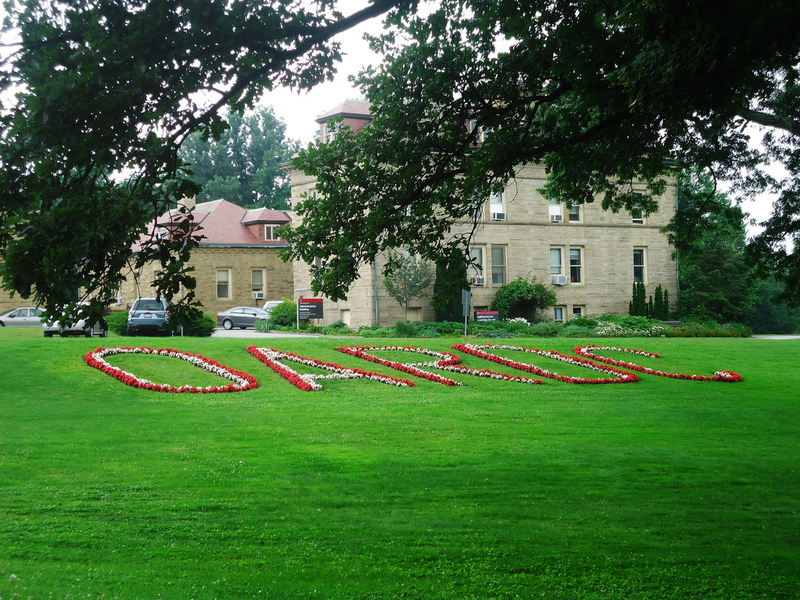
Today, OARDC continues to serve Ohio and the world with its research, and still adheres to its commitment to push science and society foreword. It also is a reminder that the mission of sustainability is an ongoing, worldwide effort.
Sources:
1 Christopher Cumo and R.E. Whitmoyer. Seeds of Change: A History of the Ohio Agricultural Research and Development Center (Wooster Book, 2000), 2.
2 Douglas R. Hurt, Indiana Magazine of History 82, no. 3 (1986), 292-93.
3 R.E. Whitmoyer, “A Brief History of OARDC,” Ohio Agricultural Research and Development Center, accessed 2013.
4 Cumo, 4.
5 Sue Gorisek, “The Wizards of Wooster: Bill Krauss is recording 102 years of agricultural miracles on The Farm in Wooster”, Ohio Magazine, January 1985, 71.
6 R.E. Whitmoyer, “A Brief History of OARDC,” Ohio Agricultural Research and Development Center, accessed 2013.
7 Christopher Cumo, History of the Ohio Agricultural Experiment Station, 1882-1997 (Midwest Press, 1997).
8 Ibid.
9 “At Work: What is Being Done at the Experiment Station- Headquarters Established,” Wooster Weekly Republican, October 19, 1892, 3.
10 Sue Gorisek, “The Wizards of Wooster: Bill Krauss is recording 102 years of agricultural miracles on The Farm in Wooster,” Ohio Magazine, January 1985, 82.
11 F.E. Scobey and B.L. McElroy, The Biographical Annals of Ohio, 1902-1903: A Handbook of the Government and Institutions of the State of Ohio (compiled under authority of the act of May, 12, 1902), 828.
12 R.E. Whitmoyer, A View From the Tower: A Collection of Historical Facts and Anecdotal Stories Covering the Early Years of the Ohio Agricultural Research and Development Center (Wooster, OH: OARDC, 1992), 14.
13 Ibid., 15.
3 Sue Gorisek, “The Wizards of Wooster: Bill Krauss is recording 102 years of agricultural miracles on The Farm in Wooster”, Ohio Magazine, January 1985, 71.
14 “2016 Annual Report”, National 4-H Council, accessed June 9, 2017.
15 Christopher Cumo and R.E. Whitmoyer. Seeds of Change: A History of the Ohio Agricultural Research and Development Center (Wooster Book, 2000), 84.
16 R.E. Whitmoyer. “A Brief History of OARDC,” Ohio Agricultural Research and Development Center, accessed 2013.
17 The Ohio State University OARDC, “Mission,” About Us, accessed June 5, 2017, https://oardc.osu.edu/about.
18 “OARDC Impacts: Hunger and Food Security,” Ohio Research and Development Center, 2017, https://oardc.osu.edu/sites/oardc/files/imce/files/OARDC_impacts/HungerAndFoodSecurity.pdf.
19“OARDC Annual Report 2015,” Ohio Research and Development Center, 2015, accessed June 5, 2017. http://hdl.handle.net/1811/75453.
How to cite this page:
MLA: “Pioneer Women.” stories.woosterhistory.org, http://stories.woosterhistory.org/oardc:-local-research-with-a-global-perspective/. Accessed [Today’s Date].
Chicago: “Pioneer Women.” stories.woosterhistory.org. http://stories.woosterhistory.org/oardc:-local-research-with-a-global-perspective/ (accessed [Today’s Date]).
APA: (Year, Month Date). Wooster’s Italian Community. stories.woosterhistory.org. http://stories.woosterhistory.org/oardc:-local-research-with-a-global-perspective/

